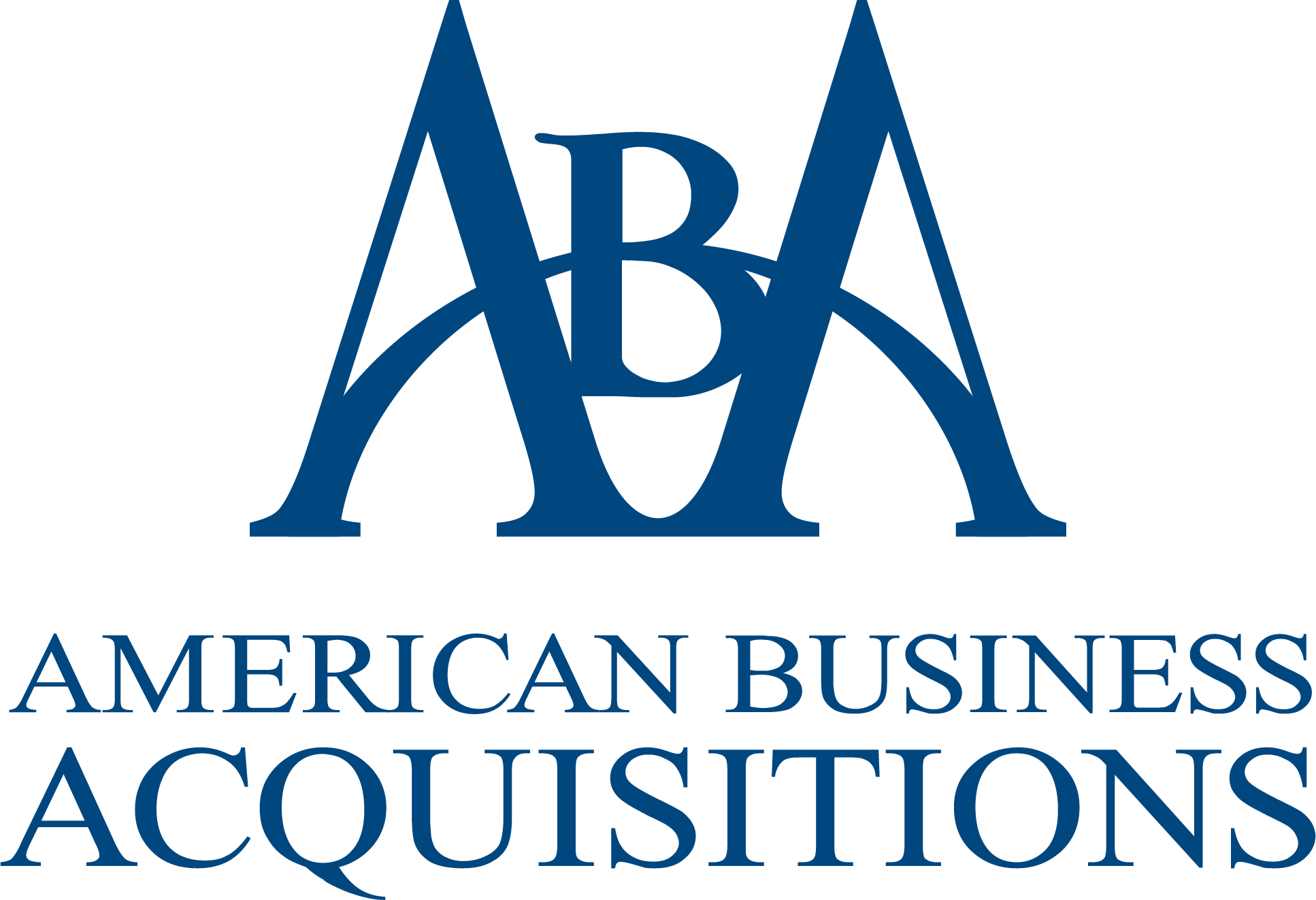Selling your business is no small task. For most entrepreneurs, a company represents years, if not decades, of work, investment, and emotion.
According to one of the largest business brokers, only one in five businesses listed actually sells. This makes it crucial for business owners to understand their company’s actual value before entering the market. This article will dive deep into various facets of business valuation.
Contents
Understanding Earnings and Profit
Before we delve into the complexities of valuation, it’s essential to understand the metrics commonly used: EBITDA and SDE.
EBITDA stands for Earnings Before Interest, Taxes, Depreciation, and Amortization. It’s commonly used for valuing larger businesses.
SDE, or Seller’s Discretionary Earnings, is used for smaller businesses and includes the owner’s salary as part of the earnings.
EBITDA vs SDE
Typically, businesses that earn around $1,000,000 or more in annual profits are valued using EBITDA, whereas smaller firms use SDE. Knowing which metric applies to your business is crucial because it dramatically influences the multiplier used for valuation.
Industry Standards and NAICS Code
Every business falls under a specific NAICS (North American Industry Classification System) code, which provides a standardized framework for classification. Multiples for valuation are often determined based on this code, which reflects industry-specific risks and returns. Although the multiple varies between industries, it provides a starting point for valuation.
Quantity of Earnings
Size matters when it comes to business valuation. A business with $1,000,000 in annual earnings is generally considered less risky to prospective buyers than one earning $100,000. This lower risk often results in a higher valuation multiple. The takeaway is that the larger the earnings, the more room there is for mistakes without jeopardizing the business, making your business more attractive to buyers.
The quality of earnings takes into account several factors:
- Brand value
- Management team quality
- Employee skill sets
- Market share
- Asset condition
- Customer base diversity
- Organized books and records
These variables add layers of value beyond simple earnings calculations.
Valuation Methods
Understanding the valuation methodologies utilized when selling your business might make the difference between underselling and maximizing your reward. Let’s take a closer look at the three main approaches: Earnings Multiples, Asset Valuation, and Intangible Assets.
Earnings Multiples: The Price/Earnings (P/E) Ratio Method
The Price/Earnings (P/E) ratio is one of the most commonly used valuation metrics, especially for larger businesses. It represents the value of the company divided by its post-tax profits.
This method is particularly relevant when assessing the value based on earnings. For example, if the P/E ratio for businesses in your sector is five, and your post-tax profits are $200,000, then the business could be valued at $1,000,000 (5 x $200,000).
It’s worth noting that P/E ratios can vary significantly across industries. High-growth sectors like technology often command higher P/E ratios compared to traditional brick-and-mortar businesses like retail shops. The underlying principle is the business’s perceived risk and future earnings potential. A higher P/E ratio indicates that buyers are willing to pay more for each dollar of earnings, often because they believe in the company’s growth potential or stability.
Asset Valuation: The Tangibles
The asset valuation approach may be the best option if your company is asset-heavy, such as a manufacturing or real estate firm. The net realizable value of all assets is calculated by subtracting the total amount of liabilities. Real estate, machinery, inventories, and accounts receivable are examples of assets. This gives a potential buyer a clear grasp of the business’s liquidation worth if it ceases operations.
Remember that even though assets degrade over time, they still have substantial worth. This is frequently the default valuation strategy for unprofitable enterprises.
Intangible Assets: The Unseen Value
Intangible assets are generally the most difficult to define, yet they may substantially impact a company’s worth. Intellectual property examples include patents, trademarks, copyrights, customer lists, brand equity, and market positioning. While these may not appear on the balance sheet in the same manner that tangible assets do, they are critical for revenue generation and business stability.
- Intellectual Property: Patents, copyrights, and trademarks can offer a competitive advantage that prospective buyers will pay extra for.
- Customer Lists: A loyal and diversified customer base can significantly increase the multiplier, especially if there are long-term contracts in place with key clients.
- Brand Value: A strong, recognizable brand can attract a higher valuation as it often leads to customer loyalty and competitive advantage.
While intangible assets are harder to quantify, they can be assessed based on the additional earnings they bring into the business or the cost it would take to build similar intangibles from scratch.
Increasing the Value: Equity Building Strategies
Equity-building strategies can substantially increase your business’s multiplier. Here are some steps to consider:
- Operational Independence: Businesses that can operate without the owner command a higher multiplier.
- Scalability: If your business model can be easily expanded, your business’s value will increase.
- Strong Brand: A recognizable and respected brand can significantly elevate your business’s worth.
Preparing for Sale
Before you list your business, get your financials in order. According to industry experts, lack of organized financial records is a major deal-breaker for potential buyers.
Reality Check
While the Earnings Multiple method provides a ballpark figure, various external factors, such as economic conditions or company reputation, can influence the selling price. Small businesses generally sell for between two and three times their earnings, but outliers exist.
Conclusion
Business valuation is both an art and a science. While formulas and multiples provide a solid starting point, various factors can influence the final selling price. It’s always advisable to consult professionals to get the most accurate valuation. But with the right preparation, documentation, and realistic expectations, you can maximize the value you get when selling your business.

